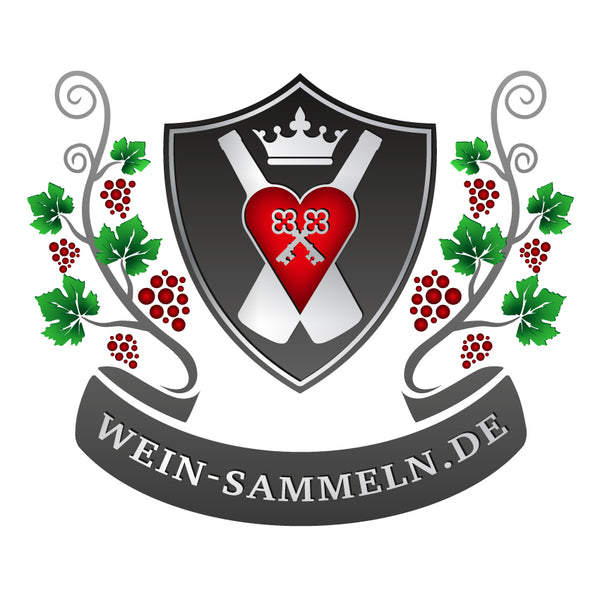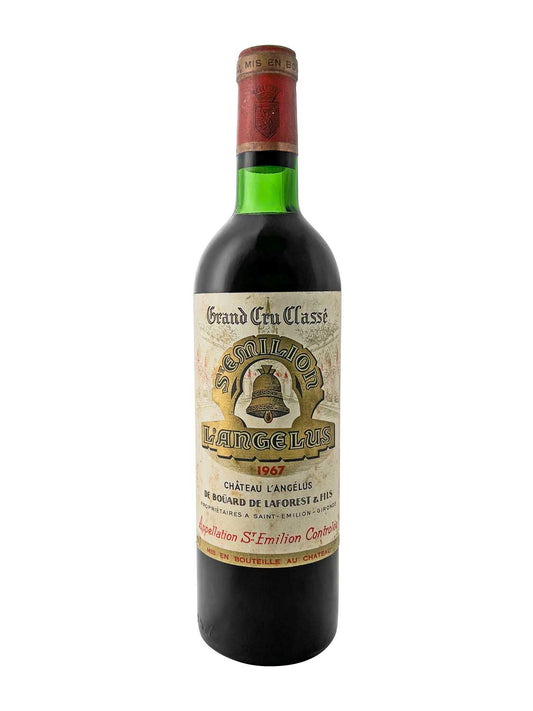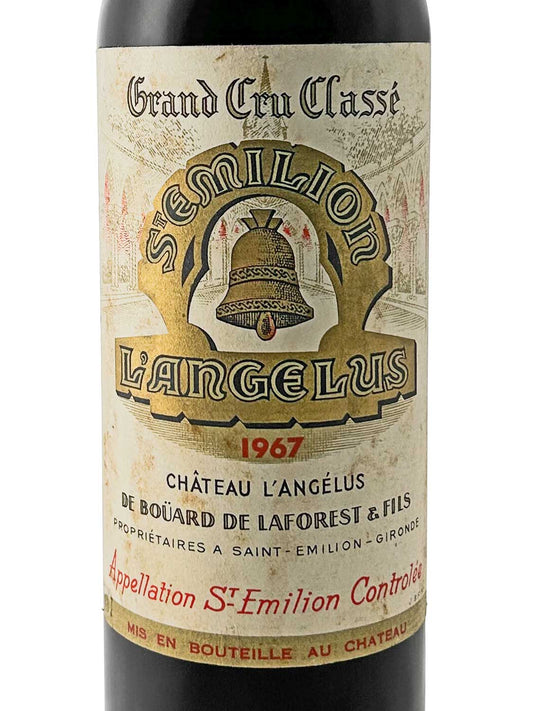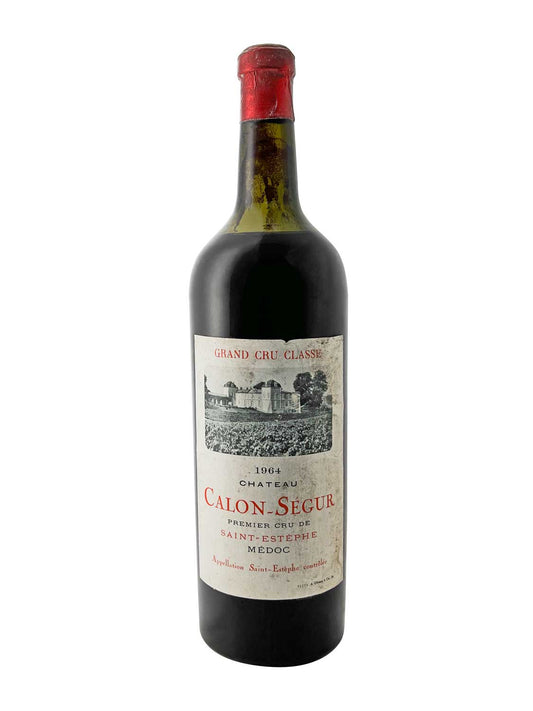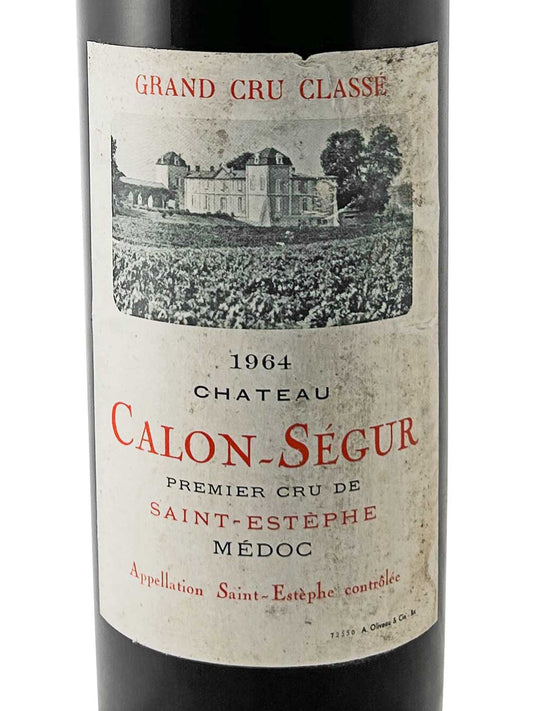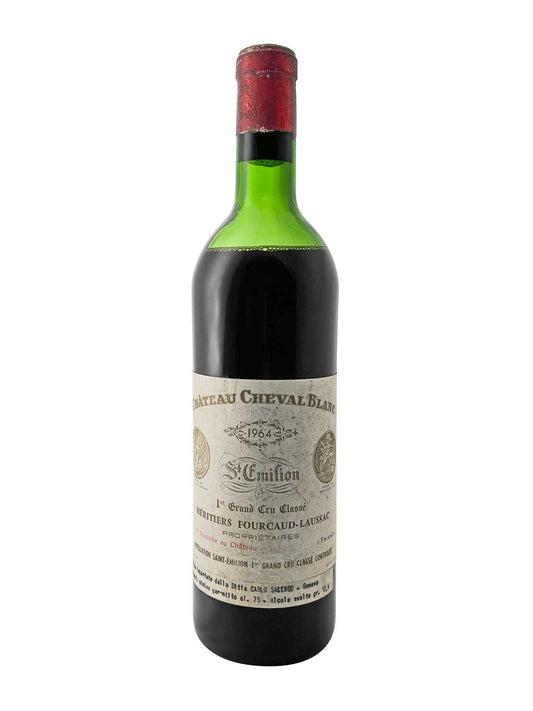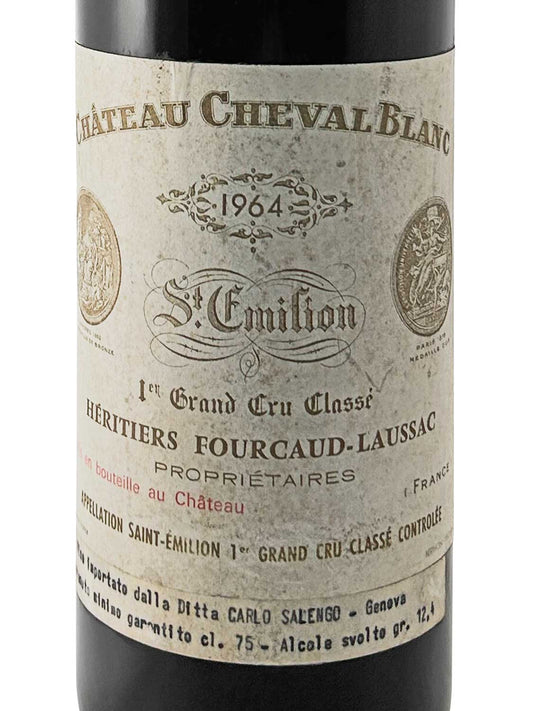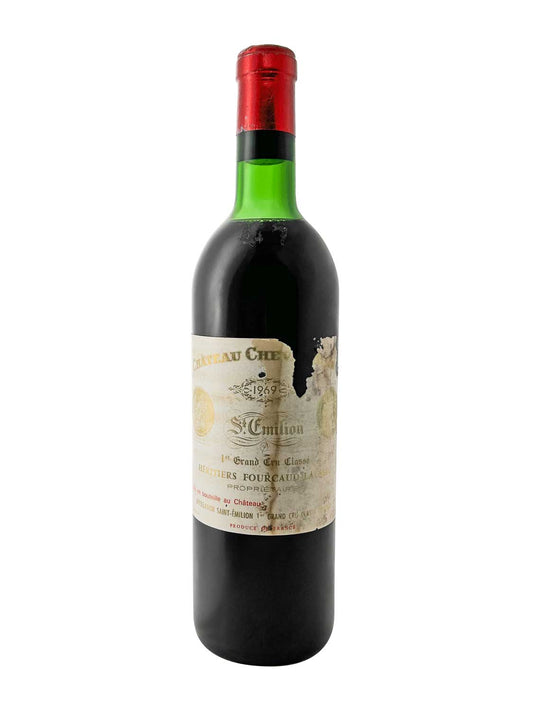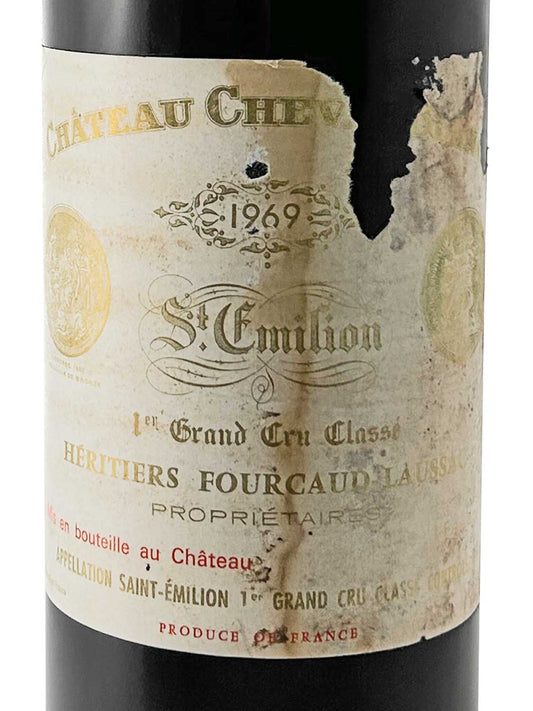
Terroir – The Soul of Bordeaux Wine
What is the importance of terroir for Bordeaux wine?
The Bordeaux region is known worldwide for its exquisite wines and is considered one of the most important wine regions. A key term that comes up again and again in this context is "terroir". But what exactly does terroir mean in the context of Bordeaux wine, and how does it influence the quality and character of the wines? In this blog post, we will take an in-depth look at the concept of terroir in Bordeaux, examining its various components and finding out how it shapes the flavor profiles and identity of the wines from this famous region.
What does terroir mean?
The term "terroir" comes from French and describes the interaction of various factors that shape the character of a wine. In Bordeaux, the terroir includes several elements:
Soil composition: The soils in Bordeaux are extremely diverse, ranging from gravel to clay to limestone. These different soil types have a significant impact on the root growth of the vines as well as on nutrient uptake. In particular, the gravel soils in the best locations such as Médoc are known for retaining heat and providing good drainage.
Climate: The climate in Bordeaux is temperate maritime, which means that it has mild winters and warm summers. The proximity to the Atlantic ensures moderate temperature regulation and sufficient rainfall. These climatic conditions are ideal for the ripening of grapes such as Merlot, Cabernet Sauvignon and Cabernet Franc.
Topography: The geographical location of the vineyards also plays an important role. Many vineyards in Bordeaux are located on slopes or along rivers, which leads to better sunlight and air circulation. This promotes healthy growth of the grapes.
Microclimate: There are numerous microclimates within the region, which can be created by geographical features such as rivers or forests. These small differences can have a significant impact on the taste of the wine.

Tradition and culture: Human factors such as traditions, cultivation methods and winemaking techniques are also part of the terroir in Bordeaux. The region has a long history of winemaking, which is reflected in the techniques passed down from generation to generation.
Read also: Libournais: A region you should know
The Importance of Terroir in Bordeaux
The concept of terroir is particularly important for the quality of Bordeaux wines. Here are some reasons why terroir is so crucial:
1. Uniqueness
Each sub-region within Bordeaux has its own specific terroir, meaning that even grapes of the same variety from different locations can develop very different flavours. For example, a Merlot from Saint-Émilion can taste very different to a Merlot from Pomerol - despite being the same grape variety.
2. Identity
Terroir gives a wine its identity. In Bordeaux, this is particularly evident in classifications such as "Grand Cru Classé", which are based not only on the quality of the wine, but also on the specific terroir of the respective locations. Wine collectors are increasingly looking for authentic wine and want to know where their wine comes from and what story it tells.
3rd quality
Wines from recognized terroirs often have a higher market value due to their quality and uniqueness. Regions such as Médoc or Graves are known worldwide for their excellent wines - a status that is closely linked to their specific terroir.
Examples of famous terroirs in Bordeaux

To better understand the concept of terroir, let’s take a look at some famous subregions within Bordeaux:
Médoc
The Médoc is known for its first-class red wines, especially those made from Cabernet Sauvignon. The soil here consists mainly of pebbles, which store heat during the day and release it at night - ideal conditions for the grapes to ripen slowly. Famous wineries such as Château Margaux and Château Lafite-Rothschild come from this region.
Read also: Médoc in winegrowing
Saint-Émilion
Saint-Émilion is characterized by its calcareous soils, which offer a different minerality than the gravelly soils in the Médoc. Grape varieties such as Merlot and Cabernet Franc dominate here. The wines from Saint-Émilion are often fruitier and softer compared to their counterparts in the Médoc. Examples of wineries from Saint-Émilion include Château Angelus , Château Cheval Blanc and Château Pavie .
Pomerol
Pomerol is a smaller appellation with a unique terroir characterized by clayey soils with a high iron content - ideal for growing Merlot grapes. Pomerol wines are known for their richness and complexity; Château Pétrus is one of the most famous examples from this region.
Challenges in Understanding Terroir in Bordeaux
Although the concept of terroir offers many advantages, there are also challenges:
Climate change: Climate change is significantly altering conditions in many traditional wine regions – including Bordeaux. Higher temperatures can cause grapes to ripen earlier or even require new grape varieties.

Standardization: With the advent of modern farming methods, there is a risk of standardization of wines across different regions – this could dilute the unique profile of a particular terroir.
Science vs. tradition: While many winemakers want to stick to traditional methods, scientific findings to optimize cultivation techniques are coming to the fore - this can lead to tensions within the industry.
Conclusion
Terroir is a fascinating concept in winemaking that is gaining importance, especially in a renowned region such as Bordeaux. It encompasses not only soil and climate, but also cultural aspects of wine production.
For wine collectors, this not only means excitement in discovering new Bordeaux wines and vintages for their own wine collection; it also opens up a deeper connection to nature and to the people behind the product – the winemakers themselves.
Read also: Bordeaux wines: Which is the best vintage?
